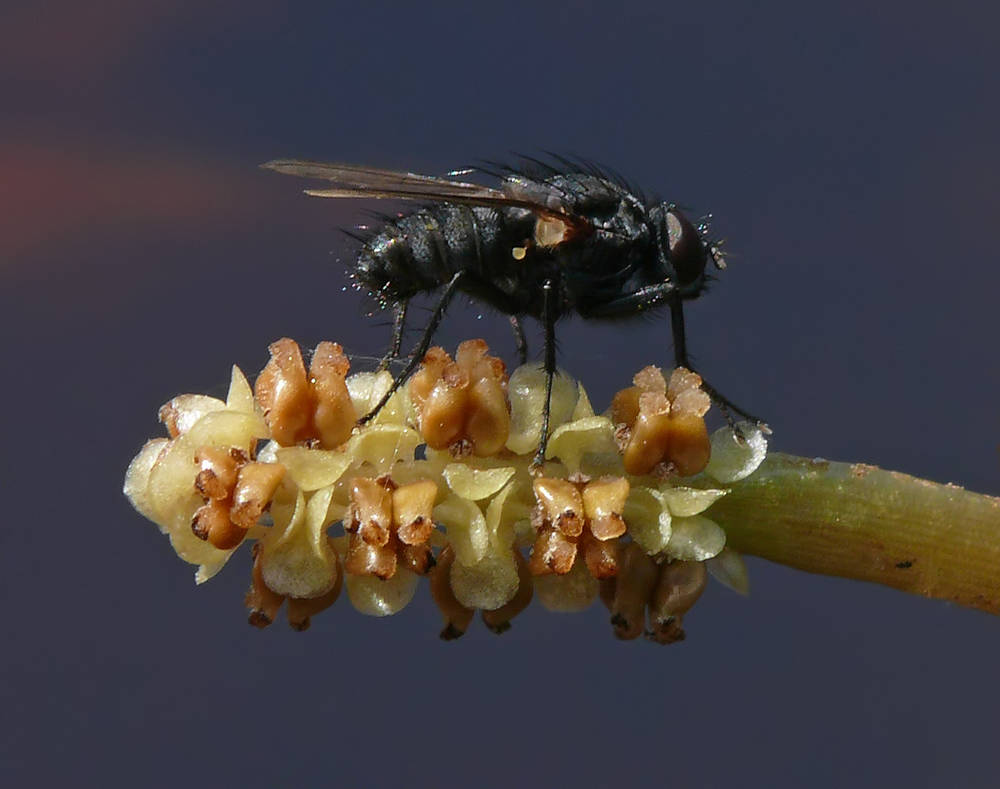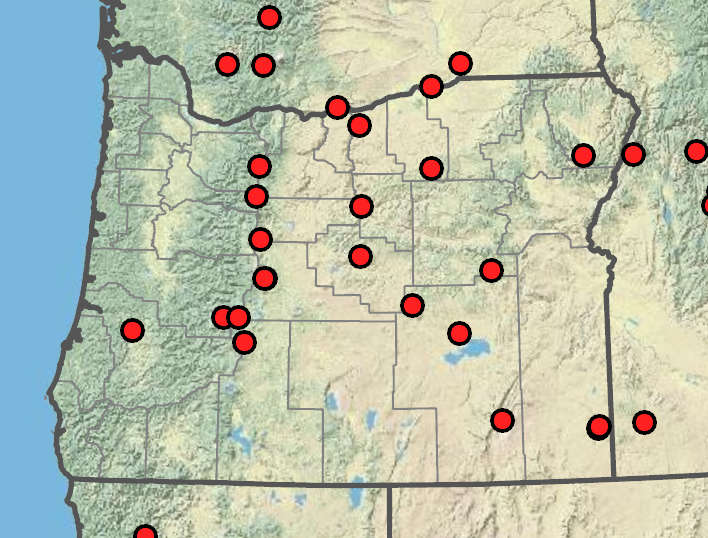Potamogeton alpinus
Potamogeton
northern pondweed, reddish pondweed
pondweed
terete; to 200 cm; nodal glands absent.
terete or compressed;
nodes occasionally with small; round, raised oil glands.
submersed and floating or submersed only.
submersed or both submersed and floating, alternate to nearly opposite, submersed leaves petiolate or sessile;
blade translucent, linear to broadly elliptic, channeled or not, flattened;
margins entire or serrate, rarely wavymargined;
tip acute to subulate to obtuse;
veins 1–35;
stipules free from base of leaf blade, or adnate to base of leaf blade for less than 50% of length of stipule, or adnate to base of leaf blades for 67% or more length of stipule; if adnate; then extending past the adnation as free ligule, floating leaves petiolate, rarely nearly sessile;
blade elliptic to ovate; leathery;
base cuneate to rounded or cordate;
margins entire;
tip acute to obtuse;
veins 1–51;
stipules free from base of leaf blade.
elliptic or oblanceolate to obovate or oblonglinear, 40–70(100) × 10–25(40)mm; reddish green;
base gradually tapering to petiole;
tip obtuse or acute;
veins (7)9–13(15);
petioles 0–12 mm.
sessile, attached to stem nodes, not attached to stipules;
stipules (12)15–25(40)mm;
tip blunt;
blades oblong-linear to linear-lanceolate, 45–180(250) × 5–20 mm;
base rounded to cuneate;
margins entire;
tip obtuse or acute; lacunae in 0–6 rows on each side of midvein;
veins 7–9.
emersed;
spikes cylindric, 10–35 mm;
peduncles terminal or axillary; erect, 30– 100(160)mm.
spikes, submersed or emersed, capitate or cylindric;
peduncles flexible or sti?, sometimes projecting inflorescence above surface of water.
pistils 1 or 4.
pedicellate, obovoid; turgid; (2.5)3–3.5 × (1.7)2–2.4 mm, dorsally keeled, laterally keeled or not;
beaks dorsally curved, 0.5–0.9 mm.
dorsally rounded or keeled, flattened to turgid, beaked or not.
Potamogeton alpinus
Potamogeton
Ponds, lakes, and slow-moving streams. 1200–2200m. BR, BW, Casc. CA, ID, NV, WA; north to British Columbia, east to Greenland; Eurasia. Native.
Potamogeton alpinus is often red when fresh. This species hybridizes with P. nodosus, P. gramineus, and P. praelongus.
Approximately 100 species; 17 species treated in Flora.
Potamogeton species provide significant habitats and food for aquatic animals. They help stabilize the substrate. Hybridization is common among members of the genus. Most are recognized as hybrids by their infertility and their intermediate morphology, usually between parental species which are found growing with them. Many species have paired oil glands on the stem at the node of submersed leaves. These glands are especially common on species with sessile leaves. Low circular bumps ranging from green to golden to white, they are usually present at most nodes, but sometimes are lacking at most nodes. The glands are best observed with dried specimens, a good light source, and magnifcation of at least 15×. Important features of the fruit include presence or absence of lateral and abaxial wings, ribs, ridges, or keels. Here, “ribbed” indicates a raised “vein” on a rounded surface; “ridged,” a ridge with an obtuse angle; “keeled,” a ridge with an acute angle; and “winged,” a ridge that appears to have a wing distally. Fruit lengths do not include the beak length.
Nick Otting, Richard Brainerd, Barbara Wilson
Nick Otting, Richard Brainerd, Barbara Wilson
- Local floras:
BC,
CA,
OR,
WA
- Local Web sites:
CalFlora,
CalPhotos,
Flora NW,
PNW Herbaria
WildflowerSearch
iNaturalist (observations)
USDA Plants Database
- LBJ Wildflower Center
- SEINet
- Plants of the World Online
- Encyclopedia of Life
- Wikipedia
- Google Image Search
- Local floras:
CA,
OR,
WA
- Local Web sites:
CalFlora,
CalPhotos,
Flora NW,
PNW Herbaria
WildflowerSearch
iNaturalist (observations)
USDA Plants Database
- LBJ Wildflower Center
- SEINet
- Plants of the World Online
- Encyclopedia of Life
- Wikipedia
- Google Image Search



